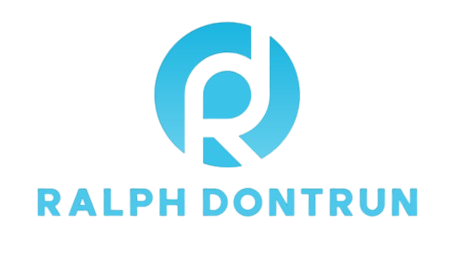Combine Real-Time Tracking and Speed Limiting For Maximum Operational Control
In today’s fast-paced logistics and fleet management world, operational control is not just a nice-to-have it is a necessity. Two technologies have emerged as game-changers for enhancing safety, efficiency, and compliance: real-time tracking and speed limiting. When combined, they offer fleet operators and business owners unprecedented control over their vehicles and drivers.
The Power of Real-Time Tracking
Real-time tracking systems allow fleet managers to monitor the exact location and movement of every vehicle in their fleet. This technology provides visibility into driver behavior, route adherence, and vehicle status, empowering proactive decision-making.
Benefits of real-time tracking include:
- Enhanced Safety: Immediate alerts on harsh braking, sharp turns, or unauthorized stops help identify and correct risky driving behaviors.
- Improved Customer Service: Accurate ETAs can be provided to customers, reducing frustration and boosting satisfaction.
- Theft Prevention and Recovery: Stolen vehicles can be quickly located and recovered with live location data.
- Optimized Routes: Data on traffic patterns enables smarter routing, saving time and fuel.
![]()
Why Speed Limiting is Crucial
Speed Limiter systems set a maximum speed that vehicles cannot exceed. By capping speed, these systems reduce accident risks and improve fuel efficiency.
Advantages of speed limiting include:
- Accident Reduction: Lower speeds result in shorter braking distances and less severe collisions.
- Fuel Savings: Studies show that reducing speed by even a few kilometers per hour can significantly cut fuel consumption.
- Legal Compliance: Many regions have regulations limiting commercial vehicle speeds; automated limiting helps fleets remain compliant.
- Lower Maintenance Costs: Reduced speed means less wear and tear on engines, brakes, and tires.
The Synergy of Combining Both Technologies
While each system provides significant benefits on its own, the true potential is unlocked when they are integrated. Together, they create a holistic solution that gives operators not only visibility but also control.
Key benefits of integrating real-time tracking and speed limiting:
- Total Operational Oversight: See where every vehicle is, how fast it is traveling, and ensure it stays within preset speed limits.
- Driver Accountability: Drivers know they are monitored, encouraging consistent adherence to company policies and safer driving habits.
- Immediate Intervention: If a vehicle exceeds speed parameters or deviates from a planned route, fleet managers can instantly act to rectify the situation.
- Data-Driven Insights: Historical reports combining speed and location data help refine training programs, identify systemic issues, and improve overall efficiency.
Steps to Implement an Integrated Solution
To get started with a combined real-time tracking and speed limiting system:
- Assess Your Fleet Needs: Determine which vehicles and routes would benefit most from improved monitoring and speed control.
- Select Compatible Technologies: Choose solutions that can be integrated for seamless data sharing and management.
- Train Drivers: Educate your team on the importance of safe driving and how these tools protect them and the business.
- Monitor and Adjust: Regularly review data, adjust speed limits, and update policies as necessary.
Final Thoughts
Combining real-time tracking with speed limiting transforms fleet operations from reactive to proactive. This integrated approach promotes safety, reduces costs, and ensures maximum control over your vehicles a must for any organization aiming to thrive in today’s competitive landscape.
